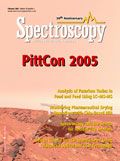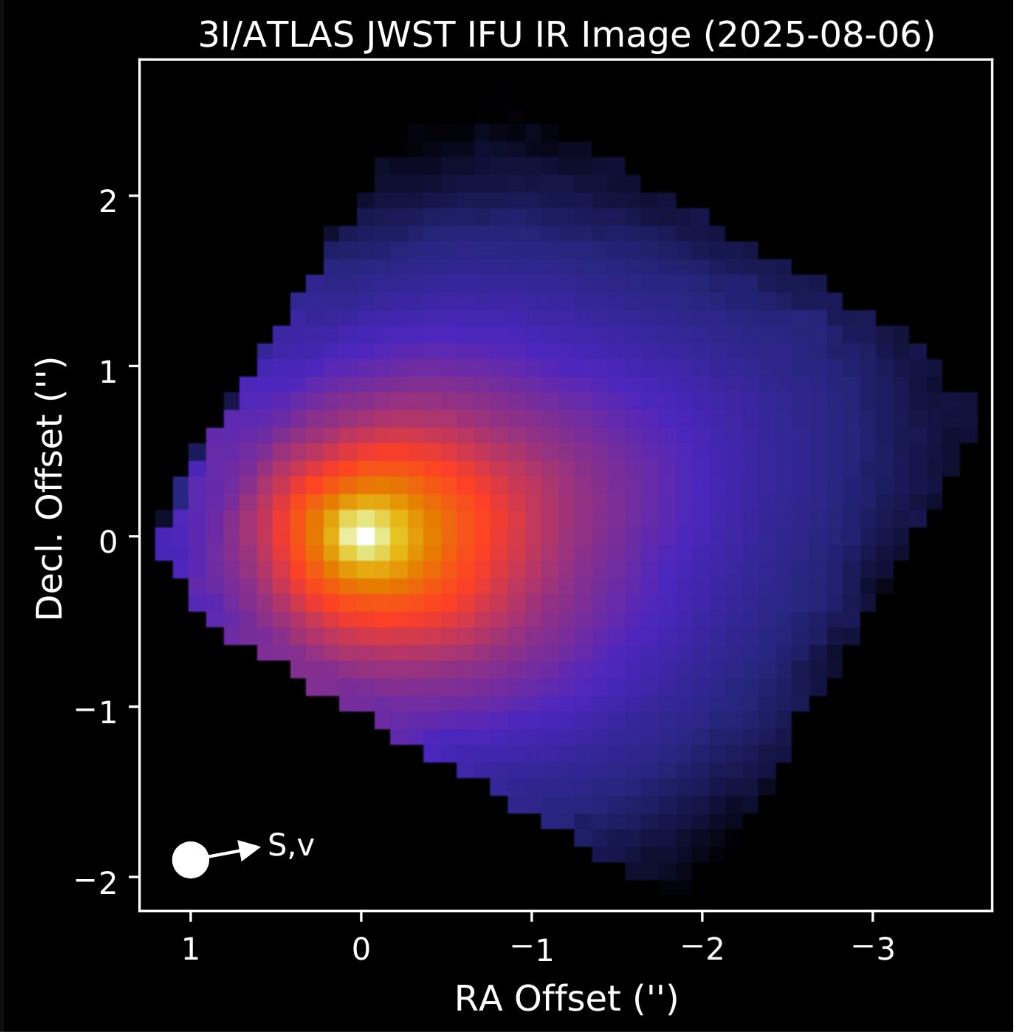Article
Spectroscopy
Spectroscopy
Spectroscopy-02-01-2005Volume20 Issue 2
Monitoring API Drying Operations with NIR (PDF)
The authors describe implementation and performance of a miniaturized NIR analyzer and associated chemometric techniques applied to the monitoring of a drying process for active pharmaceutical ingredients (APIs).
Articles in this issue

Spectroscopy and the Search for Ancient Life on Mars (PDF)
Analysis of Fusarium Toxins Using LC?MS-MS (PDF)
Monitoring API Drying Operations with NIR (PDF)
End of the Spectrum: Embracing the Old and the New at PittCon 2005 (PDF)
High-Resolution Ultrasonic Spectroscopy: Analysis of Microemulsions (PDF)
Molecular Spectroscopy Workbench - Revisiting the Polarization Interferometer (PDF)
Newsletter
Get essential updates on the latest spectroscopy technologies, regulatory standards, and best practices—subscribe today to Spectroscopy.





